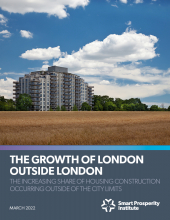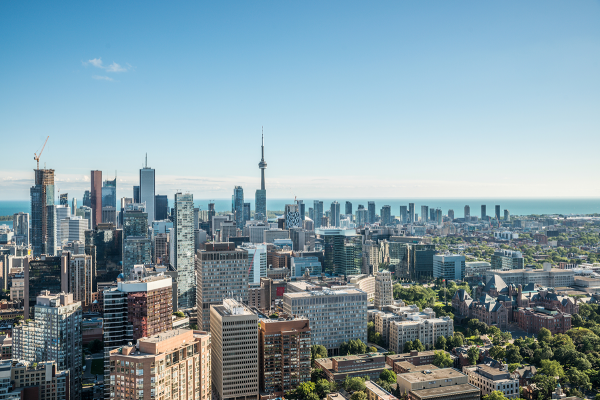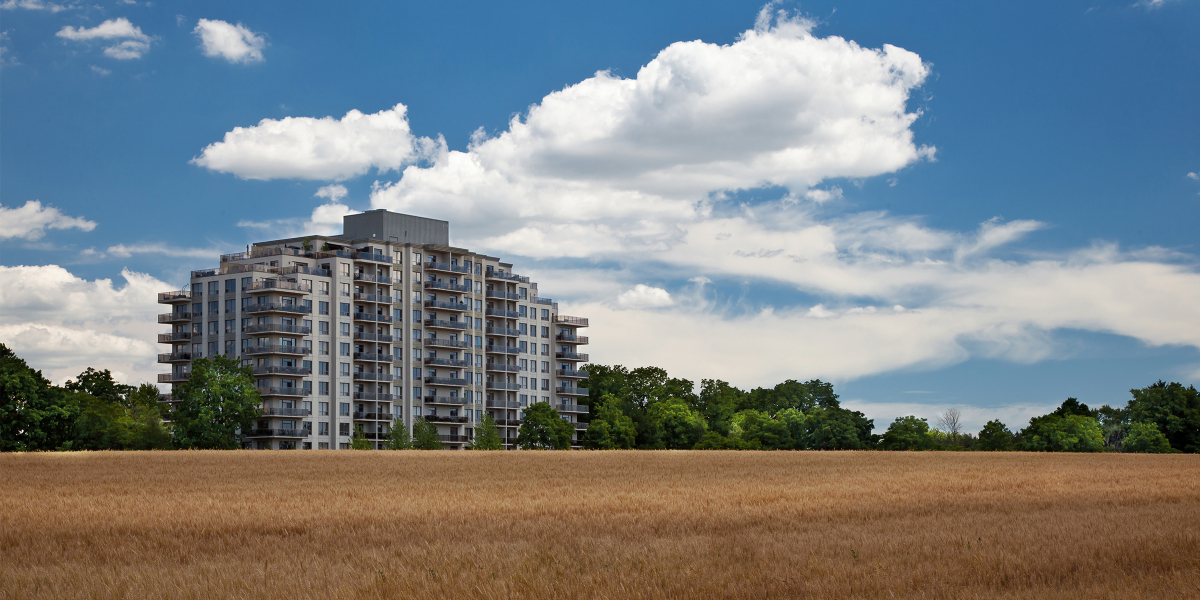The London, Ontario area is experiencing rapid population growth. Some of the most talented and ambitious people from both inside Canada and abroad choose to make the region their home. The newcomers are an essential addition to the community, as they add to the cultural fabric and economic competitiveness of Elgin-Middlesex. Policymakers must ensure adequate infrastructure, from roads to schools to parks, to support that population. That also means ensuring enough housing is built to meet this increasing demand.
Increasingly, those families looking for housing are moving to communities outside of the City of London, from Lucan Biddulph to Strathroy-Caradoc. While this brings many benefits to both those families and communities, it should be of concern to the City of London. The increased population outside of the City’s municipal boundaries can strain the City’s infrastructure, as those residents come to the City to work, shop, and learn but do not pay property taxes to the City. It also increases the greenhouse gas footprint of the region, as the new homes are disproportionately built a long distance from workplaces and shopping centres, and not accessible by public transit.
Using preliminary 2021 Census data, along with components of population growth data from Statistics Canada and housing completions data from the Canada Housing and Mortgage Corporation (CMHC), The Growth of London Outside of London illustrates the extent to which new housing development to support the London area’s growing population is increasingly happening outside of the municipal boundaries of the City of London.
The City of London can address this strain by finding creative solutions to allow more family-friendly, climate-friendly housing to be built within the City's municipal boundaries. Ensuring more family-friendly, climate-friendly housing can be built in the City should be a top priority for the municipal government.






